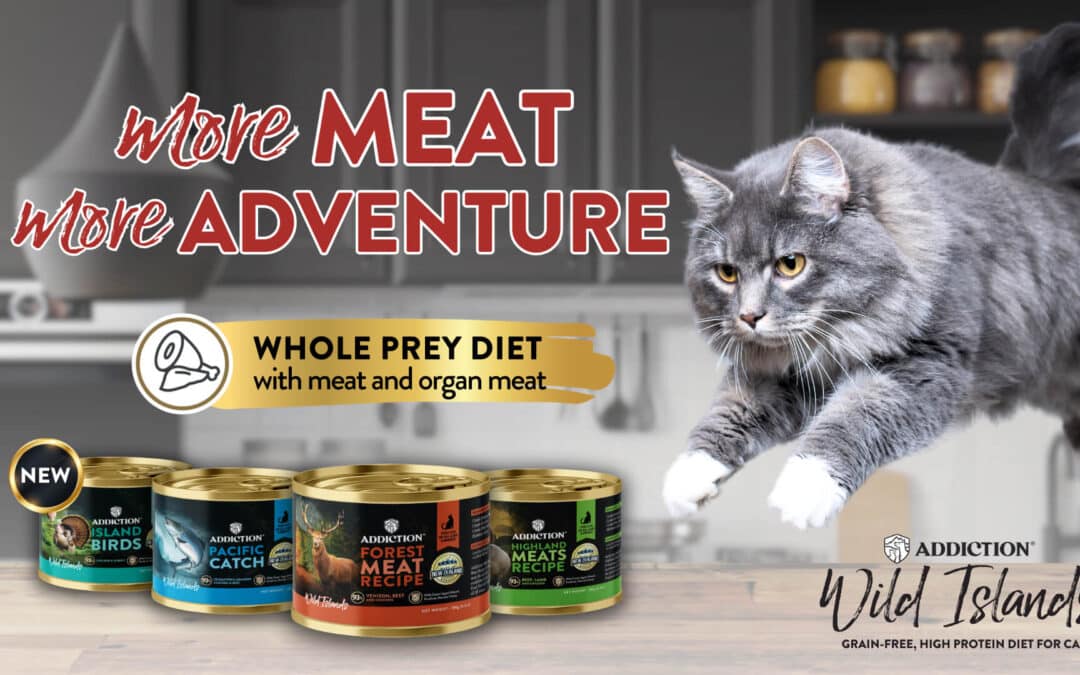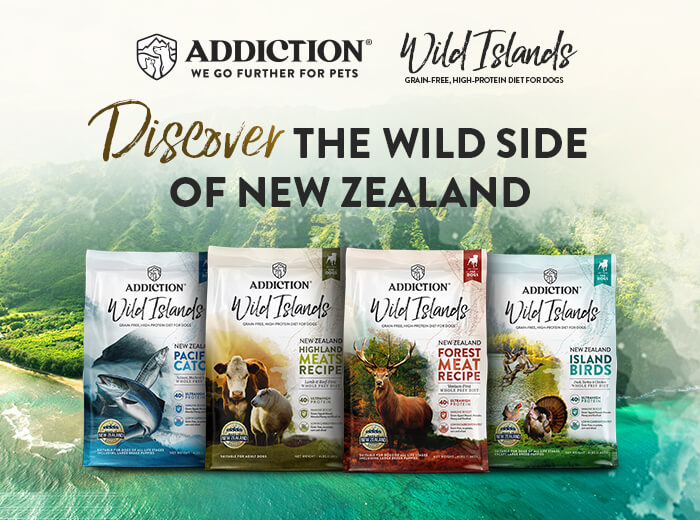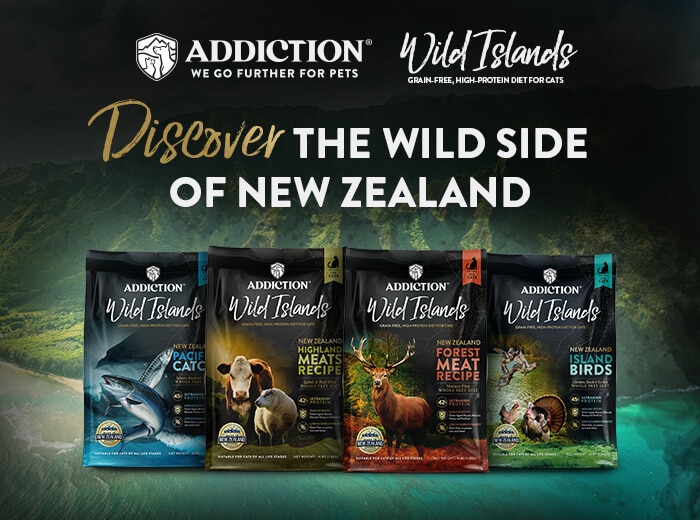Dogs can develop hot spots for many reasons, but the most common reasons are seasonal or topical allergies, food allergies or a food intolerance. Hot spots are red, open wounds that often become infected and are made worse by your dog licking and chewing on them. A change in diet can often dramatically reduce the recurrence of hot spots or even eliminate them altogether.
Why Does My Dog Have Hot Spots?
Sometimes, even if you’re feeding a high quality dog food, your dog can develop an intolerance to one of the ingredients. This is especially true if you’ve been feeding the same food for a long time. If your dog ingests the same ingredients at every meal, for months at a time, he may develop an intolerance for that ingredient. When an intolerance develops, the body usually responds with internal inflammation. If your dog continues to eat the problem ingredient, the inflammation becomes external and can lead to itching, scratching, red bumps and hot spots.
Making The Switch
Switching your dog’s food on a regular basis is a good idea, but the first time you switch your dog’s food you should plan on doing it slowly. Start with 80 percent old food and 20 percent new food. If your dog seems to be handling this well with no digestive upsets, you can add in more of the new food after a few days. At the end of the first week, your dog should be eating a 50/50 mix of old food and new food. At the end of the second week your dog should be eating 80 percent new food and 20 percent old food. If at any time during this process your dog gets an upset stomach, feed a little less of the new food for a few days. After two weeks, you should be able to feed the new food without problems.
Getting Better
Some dogs respond instantly to a diet change, while others can take weeks or even months to improve. You should notice a small improvement in a few weeks with long term improvements showing up after six weeks or so. If your dog’s hot spots get worse or there is more itching, the new food isn’t working and you should try something else.
Finding the right food is an important part of keeping your dog healthy. For more information on food intolerance symptoms, sign up for our e-book and check out our full line of dog foods and treats using free range, New Zealand meat at Addiction Foods.












